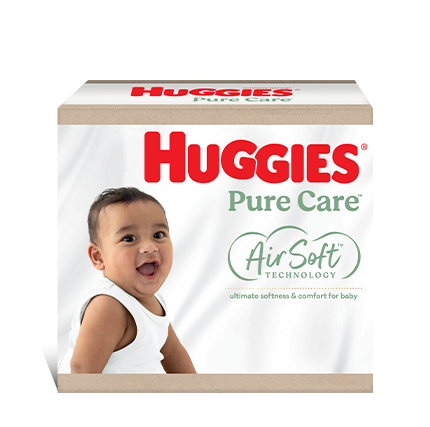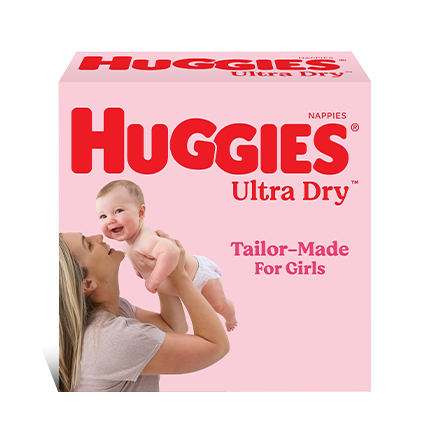The last thing you’ll feel like just after birth is exercise – and in the following weeks, what with all that breastfeeding, settling, bleeding and recovering from childbirth, it’s hard to get motivated to do much else.
But the good news about postnatal exercise is that it doesn’t involve anything difficult (no weights, jogging or jumping!). In fact, it’s focused on slow, gentle recovery which will actually make you feel better, not worse.
I do remember being shocked by the hospital physio who popped in the day after I’d had my first baby and chirpily asked if I was doing my pelvic floor exercises. I could have sworn I’d delivered my pelvic floor along with the baby as it was all pretty numb down there.
But within a week, your body will be well on the way to recovering from childbirth.
Gentle exercise is going to make your recovery faster – and give you more energy along the way. There’s also research showing that regular exercise can be very helpful for women with postnatal depression.
Most Australian maternity hospitals run postnatal exercise classes, often coordinated by a physiotherapist; and hospitals also usually have handouts with suggested exercises.
Common postnatal exercise recommendations
Here’s a summary of the more common recommendations:
First Six Weeks
Your body will take around six weeks to recover from the rigours of childbirth and during this time, it’s important not to push yourself or to try things that you did before you were pregnant.
Avoid lifting heavy weights, doing strong abdominal crunches or sit ups or any high-impact activity. Don’t try anything with sudden changes in direction – like netball, sprint training or contact sports. Check with your doctor before embarking on any exercise program.
While you are experiencing post-partum bleeding, many experts recommend that you avoid swimming, to minimise any risk of infection.
First Three Months
As pregnancy hormones leave your body, it can take three to six months for your ligaments and joints to return to their pre-pregnancy tightness. It’s important to avoid activities that can put excess strain on your ligaments and joints at this time, to minimise your risk of injury.
If you were accustomed to a high level of exercise before your pregnancy, and continued to be physically active in pregnancy, your body may recover more quickly however it is important to take your recovery slowly to make sure that you can continue physical activity seamlessly.
Avoid high-impact exercise and sports including things like snow or water skiing. Avoid strong stretching or lifting heavy weights until your body has had a chance to recover.
If you try to build up to your previous level of activity slowly, you have a far greater chance of avoiding injury. Talk to your doctor about any concerns you have.
Expert Exercise
If you’re keen to get an exercise program in place, a physiotherapist or a specialist exercise physiologist can help you develop a safe program tailored to your needs.
Basic cardiovascular exercise and body-weight exercises like gentle calisthenics can be enough to restore a base level of fitness and can be done with a baby in tow.
Find an exercise physiologist through the Australian Association for Exercise and Sports Science (AAESS) or find a physiotherapist through the The Australian Physiotherapy Association (APA).
BASIC EXERCISES
Here are some basic exercises that every woman should do after childbirth to return her body to good health.
Pelvic Floor Exercises
Gently try pelvic floor exercises as often as possible.
A good tip for new mums is to practice your pelvic floor exercises each time you go to the toilet. Unless you have had major trauma, getting your pelvic floor muscles back into shape can happen remarkably quickly when you exercise these muscles frequently.
Walking
It can be really hard to get out of the house with your new baby, but research does show that some regular light exercise not only helps with your cardiovascular fitness and recovery of the muscles that were stretched during pregnancy, it also can help lift your mental health.
Try setting a time – early in the morning is good in summer, late morning in winter – when you can pop your baby into the pram and take a walk for 30 minutes or so around your neighbourhood.
Start slowly if you haven’t done much walking recently; but after a few walking sessions, you will be able to pick up the pace a little bit.
Most babies enjoy a ride in the pram, so if you have trouble settling your baby, taking a walk can not only make your baby happier, but is also likely to make you feel better.
Not only will you feel better physically, you might also combat those feelings of isolation common in the early days at home alone with a little baby; often, walking your little baby in the pram can lead to some conversations with neighbours you hadn’t met before, and perhaps you will meet nearby parents.
Abdominal exercises
For the first six weeks, make sure that any abdominal exercises are very gentle, that your muscles are supported and that you don’t push yourself too far.
Seek information from a reliable advisor. Hospitals often supply exercise sheets written by specialist physiotherapists which will help to return muscle tone to the deep muscle layer known as the transverse abdominus which separates during pregnancy.
Initially, you can start some very simple abdominal exercises by lying flat on your back, with bent knees and both feet on the floor. Then, as you breathe in, contract your belly button towards your spine. Try this a few times until you can feel the muscles responding.
After a few days, if you feel this is working more effectively, try the same exercise, but this time, as you contract your belly button, lift your head and shoulders gently off the floor. Repeat a few times at first and aim to do around ten lifts.
After the first six weeks have passed, you should be able to exercise your lower abdominal muscles, by lying with knees bent and then slowly sliding your feet along the floor to straighten your bent knees.
Note: Do seek advice if you are unsure about any exercises you plan to do.
Additional links:
The Royal Women's Hospital Victoria - Your health after birth: Exercise
By Fran Molloy – journalist and mum of 4
Experiencing slight bladder weakness?
Weakened pelvic floor muscles can result in slight bladder leakage. As you work on strengthening your pelvic floor muscles, try Poise products to stay comfortable and dry. Go to Poise for a free sample.
Last Published* October, 2024
*Please note that the published date may not be the same as the date that the content was created and that information above may have changed since.





















